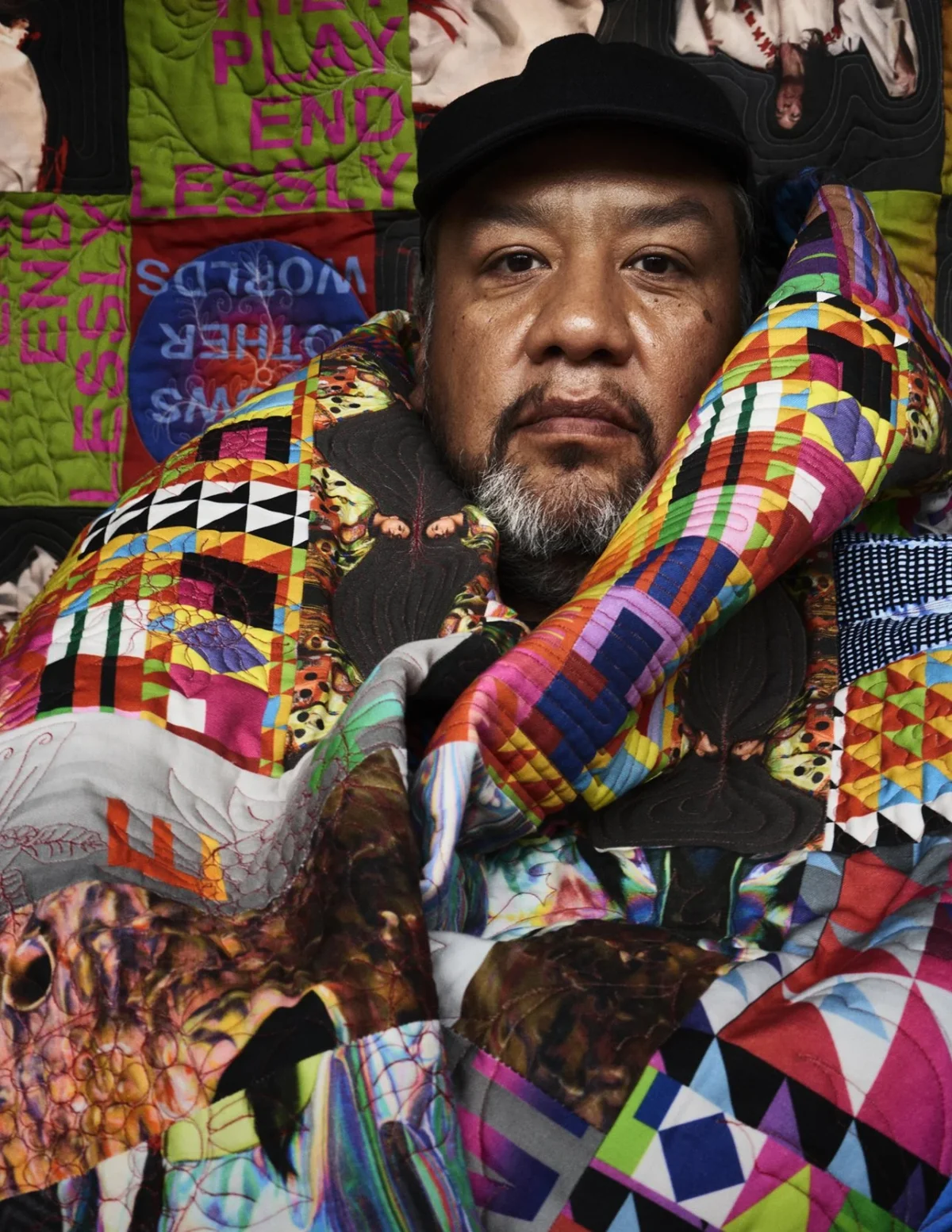Jeffrey Gibson

The Animal That Therefore I Am, 2025
The Genesis Facade Commission
September 12, 2025 – June 9, 2026
Metropolitan Museum of Art | New York, NY
Four striking 10-foot tall bronze sculptures comprise Jeffrey Gibson’s The Animal That Therefore I Am, the sixth commission in the Metropolitan Museum of Art’s series of facade interventions. Imposing in scale, yet whimsical and approachable, the sculptures depict animals–a squirrel, hawk, deer, and coyote–that are significant to the belief systems of several North American indigenous cultures. These animals also reside within the urban and rural ecologies of New York, from Central Park to the furthest reaches of the Hudson Valley. The title of Gibson’s installation is taken from a lengthy essay by Jacques Derrida that critically interrogates the human/animal distinction. In similar fashion, Gibson’s sculptures compel viewers to reexamine their relationships to the non-human world and to consider the interrelatedness of nature and all life.
Gibson lives and works in Hudson, some 125 miles north of New York City. His observations of squirrels, hawks, deer and coyotes–particularly their adaptability within fragile ecosystems–led him to think about animals as teachers modeling different approaches to navigating and engaging with the world. Gibson’s own background–he is of Mississippi Choctaw and Oklahoma Cherokee descent but was largely raised elsewhere in the U.S, Germany, and Korea–informs his artworks and imparts to them a complexity beyond their indigenous references. While the very presence of the sculptures against the Met’s facade is a challenge to classical cultural canons, the works themselves speak to collective origins, philosophies of being, and the potential for a more expansive humanity.
Gibson’s animals are cloaked in solemnity; they wear ceremonial capes and adornments. The squirrel carries an acorn, which can be read as both an attribute and an offering. The deer appears to wear a mask. The garments recall Native American regalia, which Gibson views as “…a body in and of itself. In no way is regalia the same as clothing. It is something which is imbued with the ability to transform oneself—while you’re wearing it, you are a different being.” The subject of transformation, or the possibility of transformation, is underscored by Gibson’s approach to the sculptural forms. The deer, squirrel, and coyote stand on two legs, approximating a human stance. The legs of each sculpture are imagined as worn tree limbs, establishing a firm connection to nature and suggesting a primordial past. They are also traces of process; Gibson fashioned the models for each sculpture from driftwood that he collected from the banks of the Hudson River. Having then cast the sculptures in bronze, Gibson imparted mythical scale and presence to the four animals. As they preside over, or perhaps guard, the Met’s Fifth Avenue entrance, they speak to the ways animals have been mythologized and revered across many global cultures.
This cultural history is suggested by Gibson’s titles for the individual sculptures which give their names in three languages: Choctaw, Cherokee, and English. The titles also ascribe to each animal a function that connects them to the human world:
Select Images

